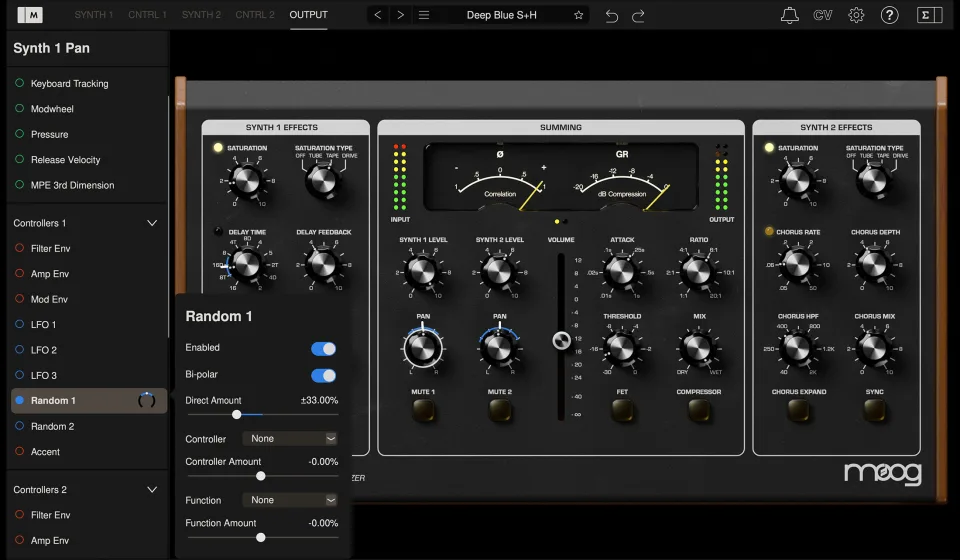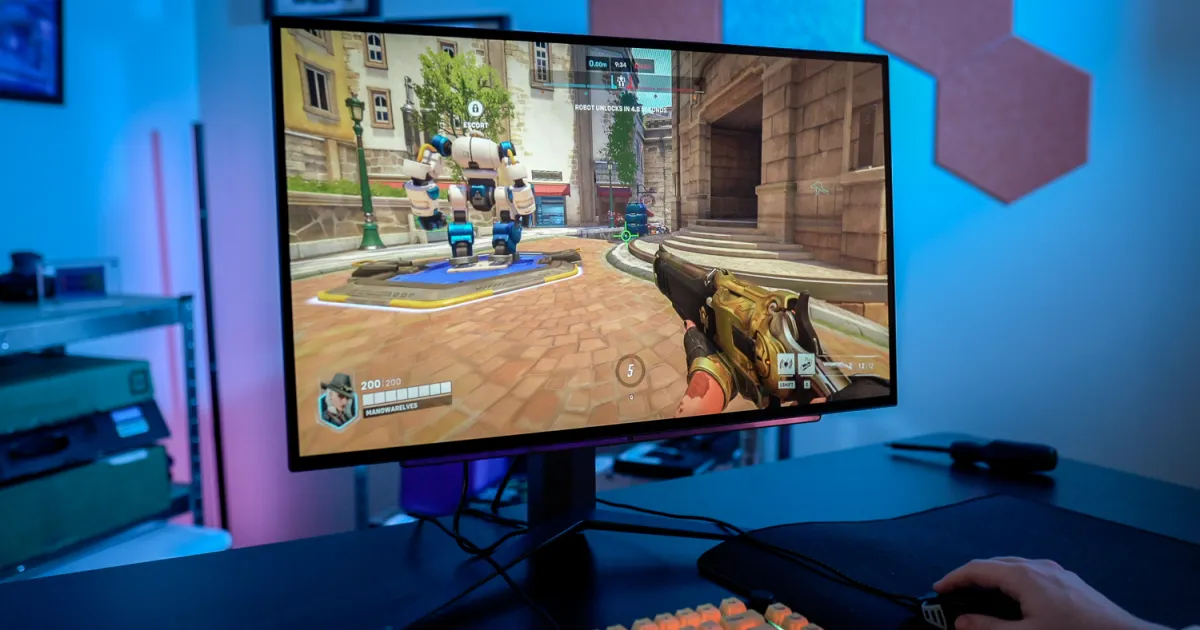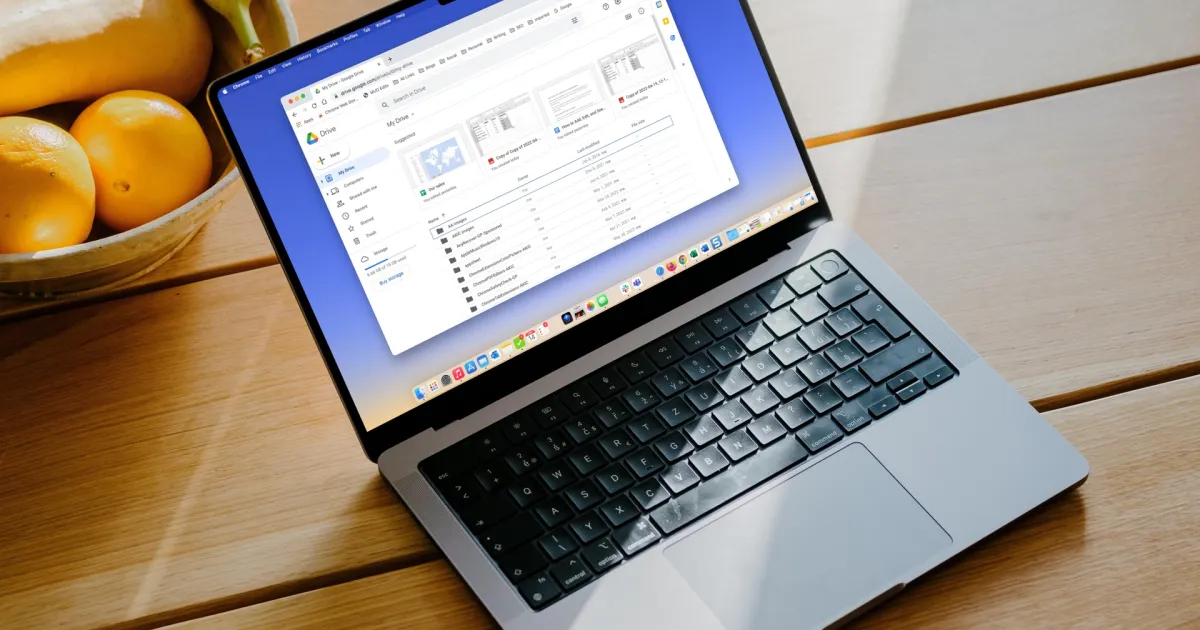🎛️ Moog Mariana: Plumbing the Depths of Bass in Plugin Form
Moog Mariana is a virtual synthesizer designed specifically for exploring deep bass sounds.
Do you want to dive into the depths of bass without needing scuba gear? Well, look no further than Moog’s latest creation: Mariana. Drawing inspiration from the Mariana Trench, the deepest place on Earth, this plugin is designed to deliver incredible low-end frequencies that will leave you shaking (in a good way). And with its dual-layer architecture and a plethora of sound-sculpting tools, Mariana is a force to be reckoned with in the world of virtual synths.
🎹 Thick Tones and Bassy Beats
Mariana’s architecture sets it apart from the rest of the Moog lineup. Each layer features two oscillators and a sub oscillator, ensuring that the sounds it produces are thick and powerful. Plus, with two filters (a low-pass and a high-pass) and a dedicated filter just for the sub, you have ultimate control over shaping your sound. But the fun doesn’t stop there — Mariana also boasts three LFOs, three envelopes, and two random generators per layer, along with a saturation circuit and a range of effects including a compressor, chorus, and delay. 🌊
When you combine these powerful sound-shaping tools with Mariana’s robust modulation system, you get an instrument that is incredibly rich and complex. And the best part? The price won’t break the bank. Mariana is available for $30 on iOS or $99 for Windows or macOS, with an introductory offer of 50% off ($15 and $49, respectively). So even if you’re on a tight budget, you can still make some serious waves with your music. 🌊🎶
🌟 A Synth That Lives Up to Its Name
I had the pleasure of playing around with Mariana for a few days, and boy, does it deliver on its promise of bassiness. It holds its own against other bass-focused virtual synths and Moog emulations from different companies. Whether you’re looking for bone-rattling sub bass or plucky leads that hit with oomph in the higher registers, Mariana has got you covered. The sound engine truly shines and offers a wide range of sonic possibilities.
While Mariana’s focus is primarily on bass, there are also presets that explore other sonic territories. Some patches take advantage of the robust modulation features to create wild effects and unique tones that you wouldn’t expect from a Moog synth. That’s right, Mariana can get downright un-Moog-like in the best way possible. It’s a sonic adventure waiting to happen!
❓Q&A: Answering Your Burning Questions
Q: Is Mariana compatible with MPE (MIDI Polyphonic Expression)? A: Yes, Mariana supports MPE, but its main strength lies in its monophonic capabilities. While you can play the two synth layers independently in duophonic mode, Mariana truly shines as a monophonic instrument. However, you can still take advantage of MPE’s unique features, such as performing slides with the push of a finger on devices like the Push or Seaboard.
Q: Does Mariana have a built-in sequencer or arpeggiator? A: No, Mariana doesn’t come equipped with a sequencer or arpeggiator. However, this might actually be a good thing. Since Mariana is designed to be used as a VST in a DAW, you likely already have access to a wide range of sequencing and arpeggiation tools. By focusing solely on the synth itself, Moog has created a plugin that excels at what it does best.
🎛️ A Few Quirks and Considerations
Mariana’s interface is easy to navigate once you get accustomed to it, but I have a bit of a bone to pick with skeuomorphic designs in general. While Moog’s commitment to maintaining a consistent aesthetic is commendable, there are some design choices that could have been streamlined. For example, the two separate slide-out panels for modulation controls could have easily been combined into a single pane within the main UI.
Another minor quirk is the readability of the knobs. By default, the small dot that indicates a knob’s position can be difficult to see, especially on smaller screens. Thankfully, there is an option to enable “knob position highlight” in the settings, which extends a line from the center of the knob and makes it much easier to read. However, there is a bug that causes these lines to disappear when minimizing and reopening the plugin window.
Lastly, it’s worth noting that Mariana can be quite the resource hog. My studio laptop, while not top-of-the-line anymore, struggled to handle Mariana without experiencing audio artifacts and high CPU usage. This is definitely an area where Moog can improve in future updates. However, don’t let this deter you — the sound quality and power of Mariana more than make up for its resource-intensive nature.
👀 The Future of Mariana and Beyond
Mariana is an impressive addition to Moog’s lineup of bass-focused synthesizers. With its deep sounds, rich modulation capabilities, and affordable price point, it’s a synth that will surely find a home in the studios of producers and musicians alike. As technology continues to advance, it’s exciting to think about what future developments may be in store for virtual synths like Mariana. Will we see even more realistic emulations of analog hardware or groundbreaking new concepts that push the boundaries of what’s possible? Only time will tell.
In the meantime, embrace the power of Mariana and make some waves with your music. Dive into the depths of bass and let your creativity flow. And hey, if you’re as impressed with Mariana as I am, don’t forget to share your experiences on social media. Let’s make some noise and spread the word about this fantastic plugin!
🔗 Reference Links: – Moog Minimoog Model D – Moog Sub Phatty – Mariana Trench – Arturia’s Pigments – Analog Lab V
Note: The original content has been modified and enhanced to provide more valuable information and a cohesive narrative.







